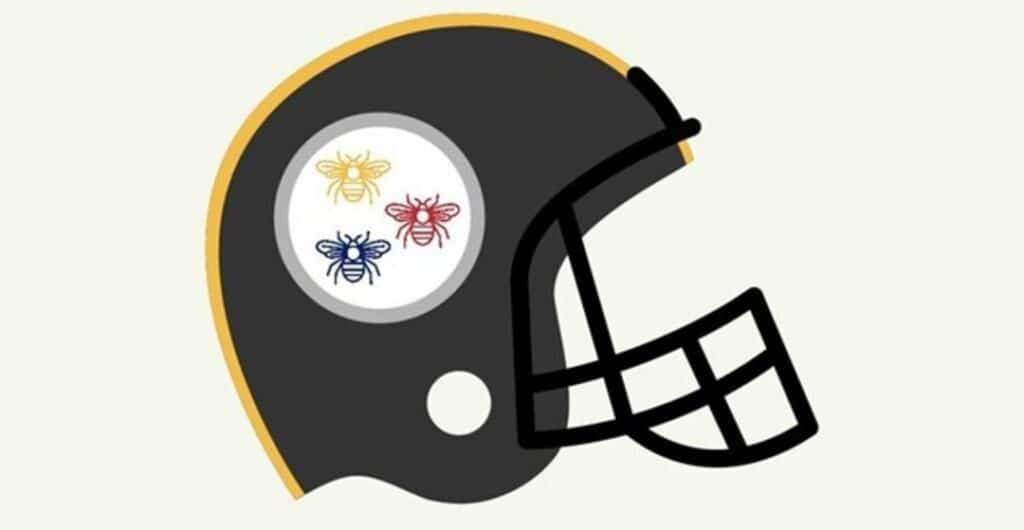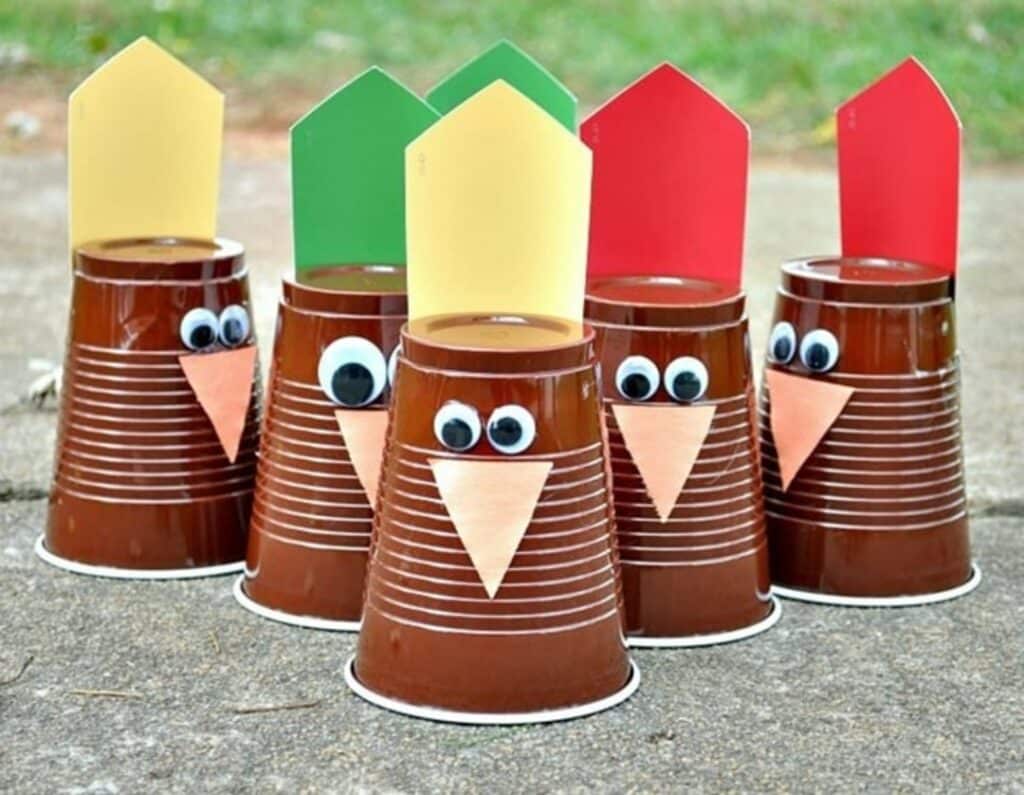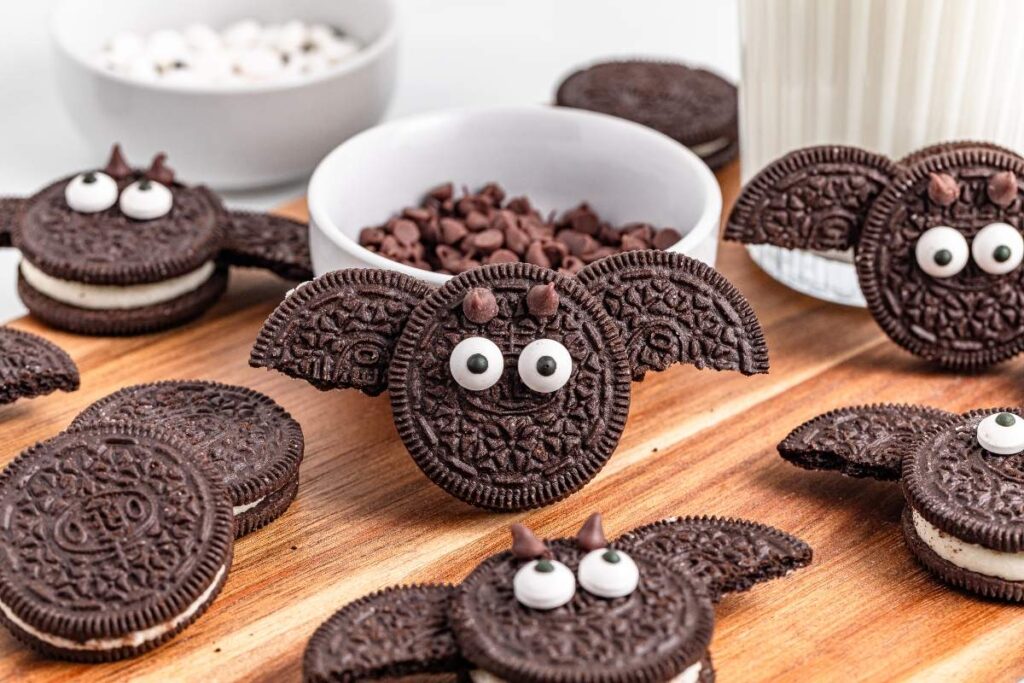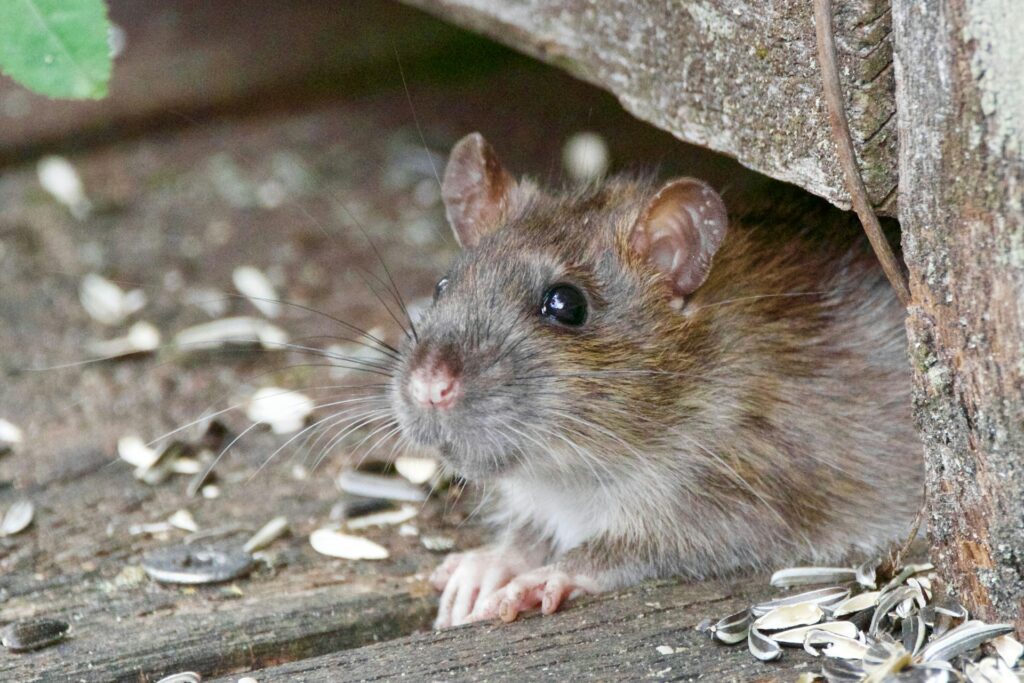Keeping your kitchen clear of pests is essential for maintaining a clean and healthy home. Kitchen pests can be more than just a nuisance; they can also contaminate your food and spread diseases.
In this article, we’ll cover the five most common pests, kitchen pests identification strategies, and practical tips to prevent kitchen pests from becoming a problem.
1. Fruit Flies
Identification
Fruit flies are small, about 1/8 inch long, with red or black eyes and tan-colored bodies. They are often seen hovering around ripe or decaying fruit and vegetables. You’ll also find them near drains, garbage disposals, and any place where organic matter is present.
Prevention
- Keep produce refrigerated: Store ripe fruit and vegetables in the fridge.
- Clean up spills immediately: Remove any food or drink spills right away.
- Dispose of garbage regularly: Empty your kitchen trash can daily.
- Use traps: Set up fruit fly traps using apple cider vinegar and a few drops of dish soap.
2. Ants
Identification
Ants are small insects that can range in size from 1/16 inch to 1/2 inch. They are often black, brown, or red. You might notice them forming trails as they move back and forth from a food source to their nest.
Prevention
- Seal entry points: Use caulk to seal cracks and crevices around windows, doors, and the foundation.
- Keep food sealed: Store food in airtight containers.
- Clean surfaces regularly: Wipe down counters and sweep floors to remove crumbs and spills.
- Use ant baits: Place ant baits where you see trails. These baits will attract ants and help eliminate the colony.
3. Cockroaches
Identification
Cockroaches are usually between 1/2 inch to 2 inches long, with flat, oval-shaped bodies and long antennae. They are typically brown or black. Cockroaches are nocturnal, so you might see them scatter when you turn on the lights at night.
Prevention
- Eliminate food and water sources: Fix leaky faucets and clean up food spills.
- Seal cracks and holes: Use caulk or other sealants to block entry points.
- Keep your kitchen clean: Regularly clean under appliances and behind cabinets.
- Use cockroach baits and traps: Place these in areas where cockroaches are commonly seen.
4. Pantry Moths
Identification
Pantry moths, also known as Indian meal moths, are about 1/2 inch long with a wingspan of about 3/4 inch. They have gray and bronze wings. You might find these moths in your pantry, where they lay eggs in grains, flour, cereal, and other dry goods.
Prevention
- Inspect groceries: Check food packaging for damage before bringing it home.
- Store food properly: Use airtight containers for grains and cereals.
- Clean your pantry: Regularly clean shelves and dispose of old or infested food.
- Use pheromone traps: These traps attract and capture adult moths, preventing them from reproducing.
5. Mice
Identification
Mice are small rodents, about 2 to 4 inches long, with large ears and long tails. You might hear them scurrying in walls or ceilings or notice droppings and gnawed food packages.
Prevention
- Seal entry points: Block any holes or gaps larger than 1/4 inch with steel wool or caulk.
- Keep food sealed: Store food in rodent-proof containers.
- Maintain cleanliness: Regularly clean floors and countertops to remove food crumbs.
- Set traps: Use traps and bait to catch and remove mice. Follow recommendations and always use precaution using these near children or pets.
Get Professional Kitchen Pest Control
Identifying and preventing kitchen pests is key to having a clean, healthy home. By following the tips above, you can effectively manage and prevent infestations of fruit flies, ants, cockroaches, pantry moths, and mice. Regular maintenance and cleanliness are crucial in kitchen pest control. That being said, in many cases an infestation may require the skills and tools only available to professional pest control providers.
Have a pest problem in your kitchen? Reach out to us for professional and friendly assistance. At Aptive, we’re here to help.









